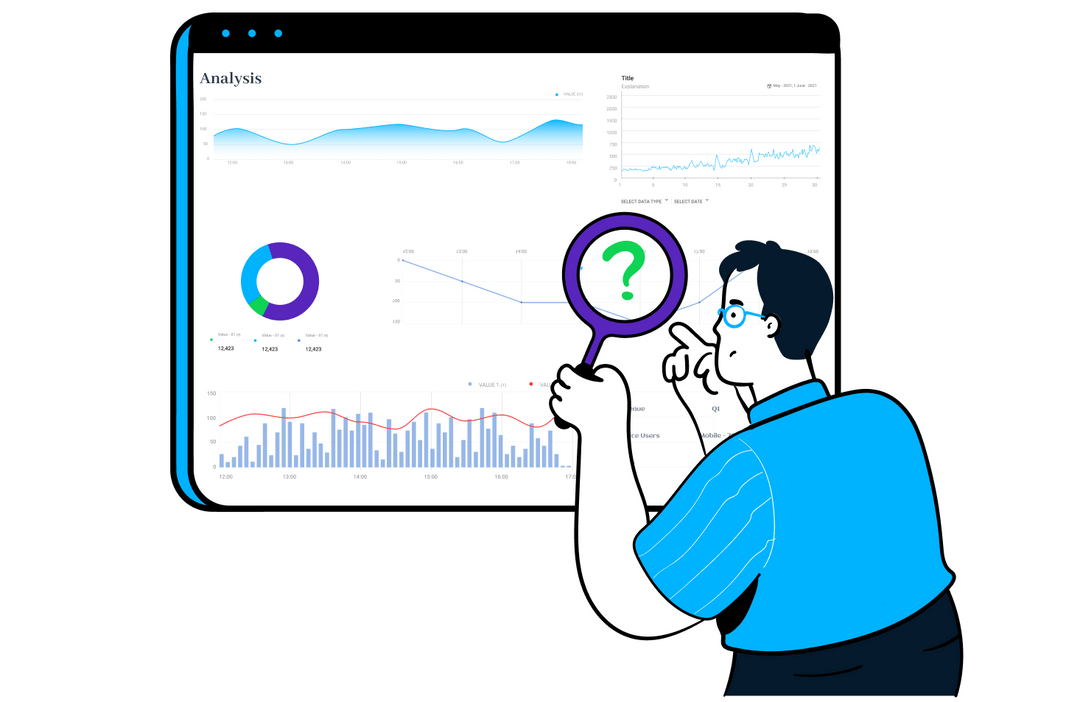Analyzing survey data can be a powerful tool for extracting meaningful insights. In this step-by-step guide, we'll walk through the process using Microsoft Excel, covering data cleaning, visualization, and basic statistical analysis.
Step 1: Importing Survey Data
- Open Excel and import your survey data into a new worksheet.
- Ensure each column has a clear header for better organization.
- Review the data for any missing or erroneous entries.
- Identify and Handle Missing Data:
- Use Excel functions like COUNTBLANK to identify missing values.
- Decide whether to remove, replace, or interpolate missing data based on the context.
- Remove Duplicate Entries:Utilize the 'Remove Duplicates' feature under the 'Data' tab to eliminate repeated entries.
- Correct Errors:Manually correct any obvious errors or inconsistencies in the data.
Step 3: Data Organization and Structuring
- Create Pivot Tables:Use Pivot Tables to organize and summarize your data for better clarity.Summarize responses and calculate percentages for categorical variables.
- Group Data:Group relevant data for a more focused analysis.
Step 4: Data Visualization
- Create Charts:Use Excel's charting tools to visualize survey results.Choose appropriate chart types (bar charts, pie charts, etc.) based on the nature of your data.
- Conditional Formatting:Apply conditional formatting to highlight specific trends or patterns.
Step 5: Basic Statistical Analysis
- Calculate Descriptive Statistics:
- Utilize functions like AVERAGE, MEDIAN, MODE, and STDEV to calculate central tendencies and variability.
- Perform Cross-Tabulation:
- Use Pivot Tables to create cross-tabulations for deeper insights into relationships between variables.
- Conduct Basic Regression Analysis:
- For numerical data, use Excel's 'Data Analysis' tool to perform simple regression analysis.
Step 6: Interpretation and Insights
- Draw Conclusions:
- Based on your visualizations and statistical analysis, draw conclusions about the survey findings.
- Prepare Summary Reports:
- Create a concise summary report highlighting key insights and presenting visualizations.
Step 7: Further Analysis (Optional)
- Advanced Statistical Analysis:
- Explore more advanced statistical techniques like ANOVA or regression for in-depth insights.
- Create Data Dashboards:
- Design interactive dashboards using Excel to present dynamic visualizations.
Conclusion: Empowering Decision-Making
By following these steps, you can transform raw survey data into actionable insights. Excel's powerful tools make it accessible for both beginners and experienced analysts, providing a solid foundation for data-driven decision-making.
Feel free to adapt these steps based on your specific survey data and analysis goals. Happy analyzing! ????
